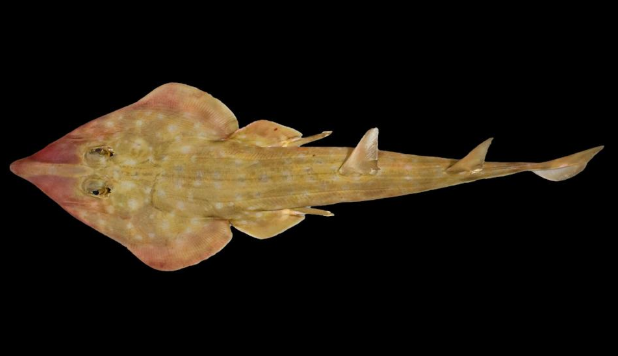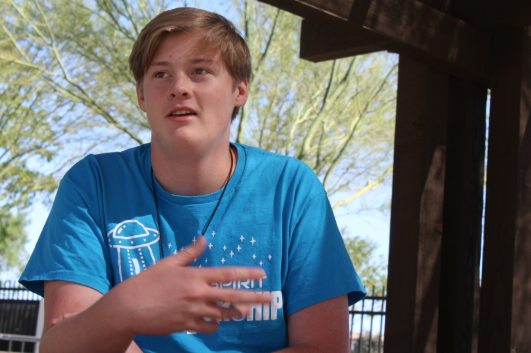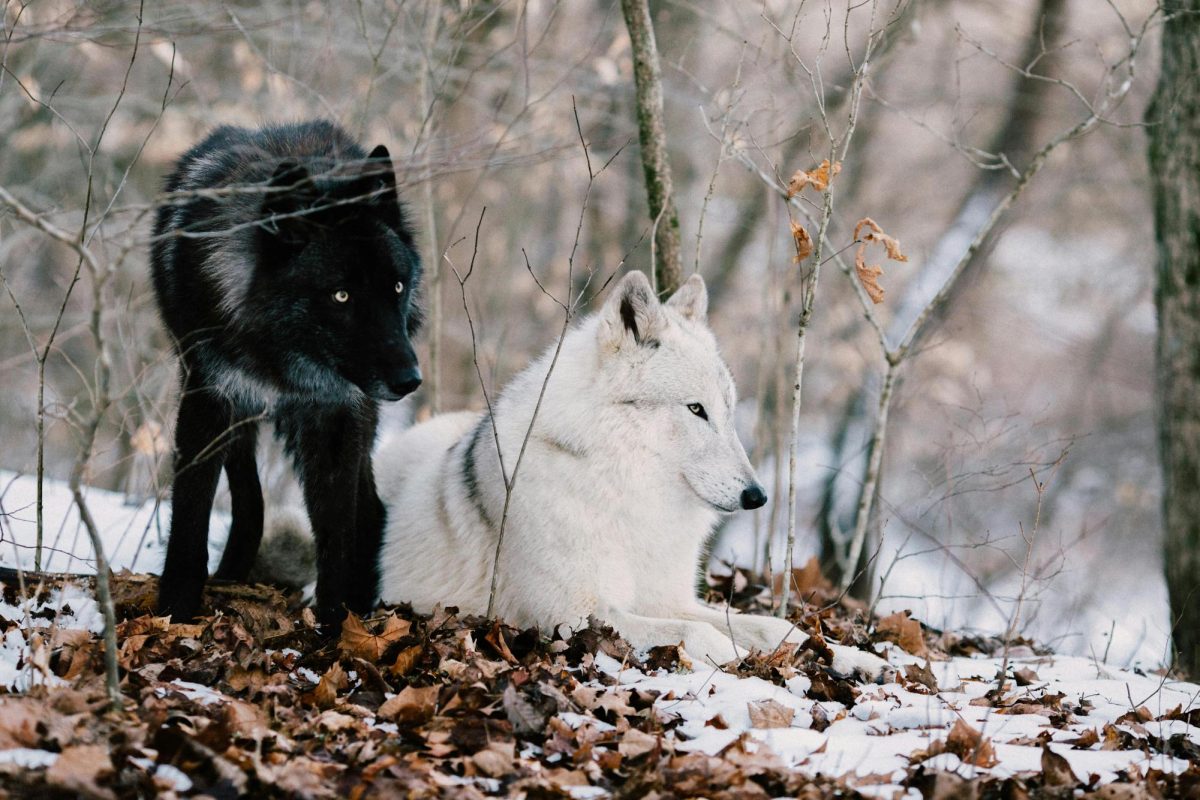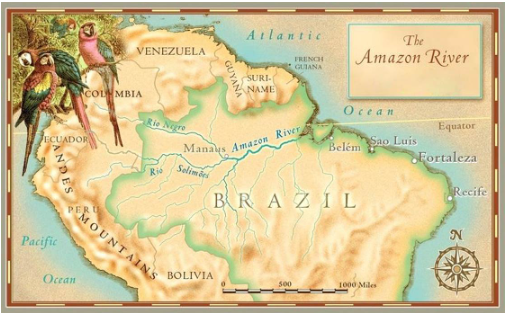
The rain process is simple; so simple that most are taught about collection, evaporation, condensation, and precipitation in the 3rd and 4th grades. While, to some, those are big words to learn in the 4th grade, the process is a simple explanation for how rain is created. However, the actual process is quite complicated, and with the addition of cloud seeding, making it rain can be profound and controversial.

Cloud seeding is the intervention of the rain cycle where rain is produced by adding bonding elements such as dry ice, silver iodide, and sodium chloride. The elements share a similar hexagonal makeup that is assumed to create bonds with the water vapor in the clouds.
The question surrounding cloud seeding is in regards to the safety of the practice. Is adding compounds like silver iodide an inorganic compound to the clouds okay for the environment? Also, rumor has it this is taking place in California with the federal government pushing for the cloud seeding process.

“The cycle we learned in grade school does describe the basic process of the rain cycle, but something like cloud seeding completely changes the game. Cloud seeding intervenes in the process and allows the modification of when the cloud is heavy enough to rain,” stated Junior Daksh Bagga.
Cloud seeding cannot create rain, so using cloud seeding to stop fires or droughts is not possible without moisture found in the air already. Clouds are needed to make rain. Snow and hail are also produced with the help of cloud seeding. The use of airplanes and polytechnic flairs make up the seeding agent that is dropped into the clouds to make condensation nuclei, forming heavy raindrops, snowflakes, and hail. Weather machines also disperse these chemicals as well through dispensers and the use of rockets to dispel the chemicals.
The reason to create rain is disputed between weather control, to help with hydroelectric power, or to clear up the weather for upcoming events.
Neil Brackin, the president of Weather Modification Inc., stated that cloud seeding value is in hydroelectric power, where the added snow from cloud seeding helps produce more water in the spring, providing more hydroelectric power. “Cloud seeding has been around for decades and was first tested in more rural states such as Montana. Cloud seeding was nicknamed “Acid Rain” in the early 1990s. Today, with the increased water usage, California has produced laws to allow cloud seeding.” stated Dotty Barkley, Registered Environmental Health Specialist.







































